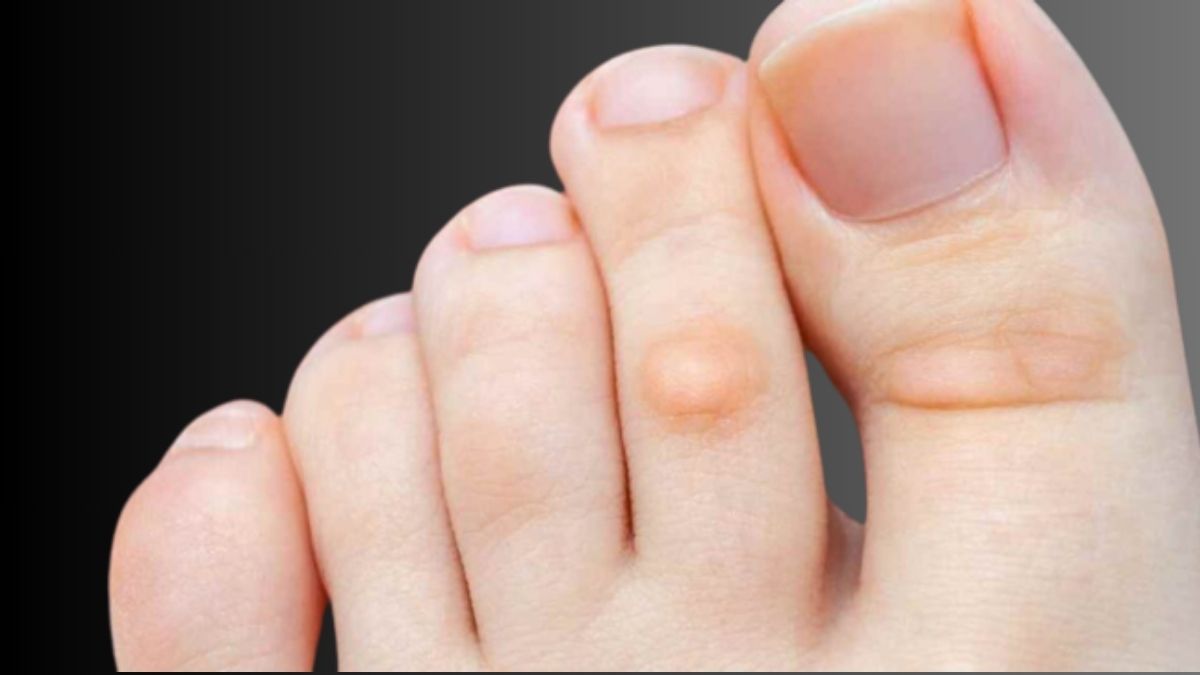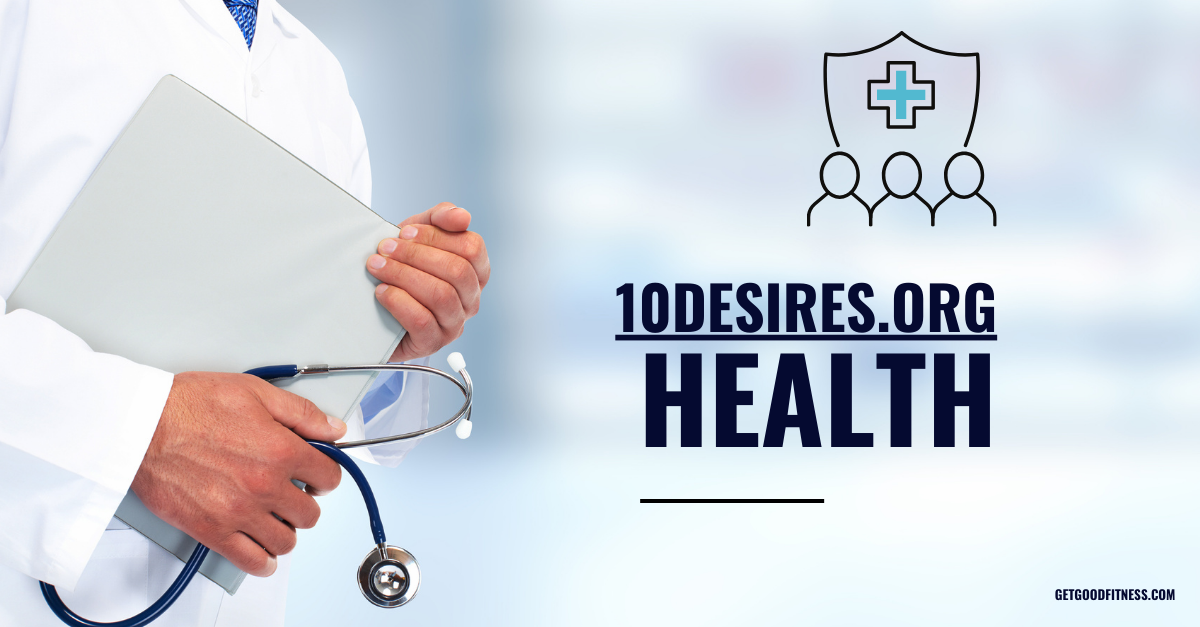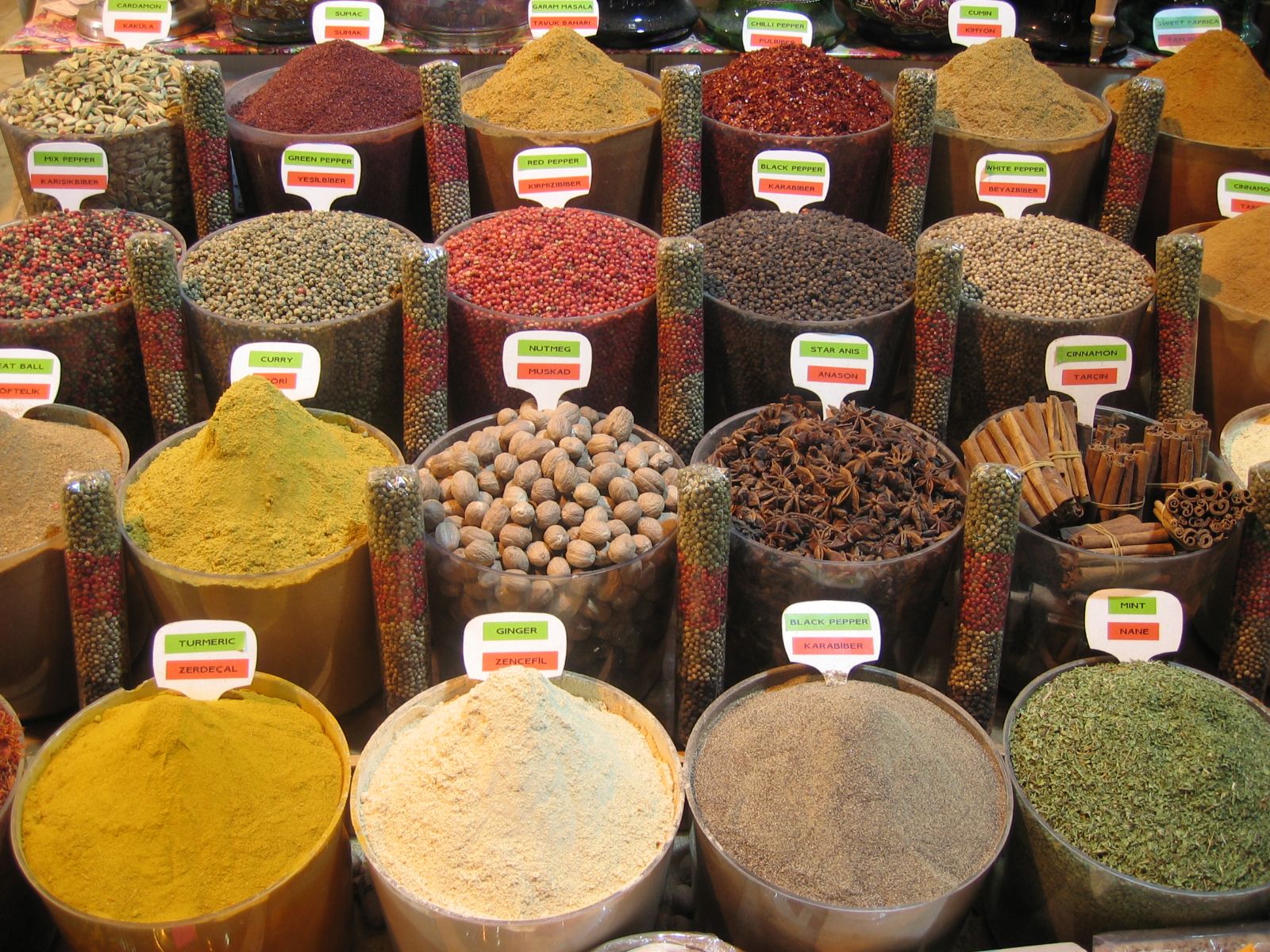Health
Blisterata: Understanding the Causes, Symptoms, and Treatment Options

Blisterata, also known as dermatitis herpetiformis, is a chronic autoimmune skin condition characterized by the presence of itchy blisters and skin lesions. Although less common than other dermatological conditions, such as eczema or psoriasis, Blisterata can significantly impact a person’s quality of life.
2. What Causes Blisterata?
Genetics and Predisposition
Blisterata is strongly associated with genetic factors, particularly the presence of the HLA-DQ2 or HLA-DQ8 gene variants. Individuals with a family history of autoimmune diseases, such as celiac disease or rheumatoid arthritis, are at a higher risk of developing Blisterata.
Environmental Factors
While genetics play a significant role, environmental factors can also trigger or exacerbate Blisterata symptoms. Common triggers include gluten consumption, stress, certain medications, and infections.
3. Symptoms of Blisterata
Skin Irritation
The hallmark symptom of Blisterata is intense itching and skin irritation, often preceding the appearance of blisters. This itching sensation can be debilitating and significantly impact daily activities.
Formation of Blisters
Blisterata is characterized by the formation of small, fluid-filled blisters on the skin’s surface. These blisters typically appear in clusters and are commonly found on the elbows, knees, buttocks, and scalp.
Itching and Discomfort
The blisters associated with Blisterata can cause considerable discomfort and pain, particularly when they rupture or become infected. The constant itching sensation can also lead to secondary skin infections if left untreated.
4. Diagnosis of Blisterata
Physical Examination
Diagnosing Blisterata often requires a comprehensive physical examination by a dermatologist. The presence of characteristic skin lesions, combined with a detailed medical history, can help confirm the diagnosis.
Biopsy and Laboratory Tests
In some cases, a skin biopsy may be necessary to confirm the diagnosis of Blisterata. Additionally, blood tests may be conducted to detect specific antibodies associated with the condition, such as IgA deposits in the skin.
5. Treatment Options
Topical Corticosteroids
Topical corticosteroids are commonly prescribed to reduce inflammation and alleviate itching associated with Blisterata. These medications are applied directly to the affected skin areas and can provide temporary relief from symptoms.
Oral Medications
In more severe cases, oral medications such as dapsone or sulfapyridine may be prescribed to control Blisterata symptoms and prevent flare-ups. These medications work by suppressing the immune response and reducing blister formation.
Phototherapy
Phototherapy, or light therapy, may be recommended for individuals with moderate to severe Blisterata symptoms. Exposure to ultraviolet (UV) light can help suppress the autoimmune response and promote healing of skin lesions.
6. Lifestyle Management
Avoiding Triggers
Identifying and avoiding potential triggers is essential for managing Blisterata symptoms. This may include adopting a gluten-free diet, minimizing stress, and avoiding harsh skincare products.
Proper Skincare Routine
Maintaining a gentle skincare routine can help alleviate itching and prevent skin irritation. Using mild cleansers, moisturizers, and sunscreen can help protect the skin barrier and reduce the risk of flare-ups.
Stress Management Techniques
Stress can exacerbate Blisterata symptoms, so incorporating stress management techniques such as meditation, yoga, or deep breathing exercises can be beneficial for overall well-being.
7. Complications Associated with Blisterata
Infection Risk
The presence of open blisters increases the risk of bacterial infection, which can lead to complications such as cellulitis or abscess formation. Prompt treatment with antibiotics may be necessary to prevent further complications.
Scarring
Repeated blistering and scratching can result in scarring and changes in skin pigmentation, particularly in areas prone to friction or trauma. Minimizing scratching and practicing proper wound care can help reduce the risk of scarring.
8. Prevention Strategies
Sun Protection
Exposure to sunlight can trigger Blisterata flare-ups in some individuals, so proper sun protection is essential. Wearing protective clothing, using sunscreen, and seeking shade during peak sun hours can help minimize skin irritation.
Avoiding Known Triggers
Identifying and avoiding known triggers, such as gluten-containing foods or certain medications, can help prevent Blisterata flare-ups and reduce symptom severity.
Regular Check-ups with a Dermatologist
Regular follow-up appointments with a dermatologist are crucial for monitoring Blisterata symptoms and adjusting treatment plans as needed. Early intervention can help prevent complications and improve overall disease management.
9. Living with Blisterata: Coping Mechanisms
Support Groups
Joining a support group or online community can provide valuable emotional support and practical advice for individuals living with Blisterata. Sharing experiences and coping strategies with others who understand the challenges of the condition can be empowering.
Seeking Professional Help
Seeking professional help from a therapist or counselor can be beneficial for individuals struggling to cope with the emotional toll of living with a chronic skin condition like Blisterata. Cognitive-behavioral therapy (CBT) and other therapeutic approaches can help individuals develop effective coping mechanisms and improve their quality of life.
10. The Importance of Seeking Medical Advice
It is essential for individuals experiencing symptoms of Blisterata to seek medical advice promptly. Early diagnosis and appropriate treatment can help manage symptoms effectively and prevent complications.
11. Research and Advancements in Blisterata Treatment
Ongoing research and advancements in dermatology are leading to new treatment options and improved outcomes for individuals with Blisterata. Clinical trials and research studies are exploring novel therapies targeting the underlying mechanisms of the disease.
12. Frequently Asked Questions (FAQs) About Blisterata
What is the typical age of onset for Blisterata?
Blisterata typically presents in adults between the ages of 20 and 40, although it can occur at any age.
Is Blisterata contagious?
No, Blisterata is not contagious. It is an autoimmune condition caused by the body’s immune system attacking its own tissues.
Can Blisterata be cured completely?
While there is no cure for Blisterata, symptoms can be effectively managed with appropriate treatment and lifestyle modifications.
Are there any natural remedies for managing Blisterata symptoms?
Some individuals find relief from Blisterata symptoms by following a gluten-free diet, practicing stress management techniques, and using natural skincare products. However, it is essential to consult with a healthcare professional before trying any alternative remedies.
Can stress worsen Blisterata symptoms?
Yes, stress can exacerbate Blisterata symptoms and trigger flare-ups. Incorporating stress management techniques into daily life can help reduce symptom severity and improve overall well-being.
13. Conclusion
In conclusion, Blisterata is a chronic autoimmune skin condition characterized by the presence of itchy blisters and skin lesions. While there is no cure for Blisterata, effective treatment options are available to manage symptoms and improve quality of life. By understanding the causes, symptoms, and treatment options for Blisterata, individuals can take proactive steps to minimize flare-ups and maintain healthy skin.
Health
10desires.org Health: Embracing Wholeness Through Holistic Well-being

Discover the essence of 10desires.org Health: Embracing Wholeness Through Holistic Well-being. Learn about holistic well-being, its components, and how to achieve it for a fulfilling life.
Introduction
In a world where health often focuses solely on physical aspects, 10desires.org introduces a holistic approach to well-being. Embracing holistic well-being means nurturing every aspect of your being – physical, mental, social, and spiritual. Let’s delve into the depths of this transformative journey towards a more fulfilling life.
Understanding Holistic Well-being
What is Holistic Well-being?
Holistic well-being is the integration of various facets of health, encompassing physical, mental, emotional, social, and spiritual dimensions. It acknowledges the interconnectedness of these elements and emphasizes their collective impact on overall wellness.
The Importance of Holistic Well-being
Embracing holistic well-being promotes balance and harmony in life. It enables individuals to thrive not only physically but also mentally, emotionally, and spiritually. By addressing all aspects of well-being, individuals can experience greater resilience, vitality, and fulfillment.
Components of Holistic Well-being
Holistic well-being comprises several key components:
Physical Well-being
Exercise and Movement
Regular physical activity is essential for maintaining optimal health. Engaging in activities that promote movement not only enhances physical fitness but also contributes to mental clarity and emotional well-being.
Nutrition and Diet
A balanced diet rich in nutrients is fundamental for supporting overall health. Consuming wholesome foods nourishes the body and mind, providing the energy and vitality needed to function optimally.
Rest and Sleep
Adequate rest and quality sleep are vital for rejuvenating the body and mind. Prioritizing restful sleep promotes mental alertness, emotional stability, and physical recovery.
Mental Well-being
Stress Management
Effective stress management techniques empower individuals to cope with life’s challenges resiliently. Practices such as mindfulness, relaxation exercises, and time management promote mental calmness and emotional well-being.
Emotional Regulation
Understanding and regulating emotions foster emotional intelligence and resilience. Cultivating self-awareness and practicing emotional expression in healthy ways enhances overall emotional well-being.
Mindfulness and Meditation
Mindfulness practices cultivate present-moment awareness and inner peace. Engaging in meditation and mindfulness exercises nurtures mental clarity, emotional balance, and spiritual growth.
Social Well-being
Building Healthy Relationships
Meaningful connections with others contribute to a sense of belonging and fulfillment. Cultivating healthy relationships based on trust, respect, and empathy enriches social well-being.
Community Engagement
Active participation in communities fosters a sense of belonging and social support. Involvement in social activities and volunteer work strengthens social connections and enhances overall well-being.
Support Systems
Having reliable support systems is crucial for navigating life’s challenges. Building a network of supportive relationships provides emotional encouragement and practical assistance during difficult times.
Spiritual Well-being
Inner Connection and Fulfillment
Spiritual well-being involves connecting with a higher purpose or meaning in life. Cultivating inner peace, gratitude, and compassion fosters a sense of fulfillment and spiritual growth.
Practices for Spiritual Growth
Engaging in spiritual practices such as meditation, prayer, or reflection deepens one’s connection with oneself and the world. Exploring personal beliefs and values nurtures spiritual well-being and inner harmony.
Finding Meaning and Purpose
Discovering meaning and purpose in life is essential for overall well-being. Aligning actions with core values and pursuing activities that bring joy and fulfillment enriches spiritual and existential well-being.
FAQs (Frequently Asked Questions)
Q: How does holistic well-being differ from traditional health approaches?
A: Holistic well-being considers the interconnectedness of various aspects of health, addressing not only physical but also mental, emotional, social, and spiritual dimensions.
Q: What are some practical ways to incorporate holistic well-being into daily life?
A: Prioritize self-care activities, such as exercise, healthy eating, mindfulness practices, and nurturing relationships with others.
Q: Can holistic well-being help with stress management?
A: Yes, holistic well-being emphasizes stress management techniques such as mindfulness, relaxation exercises, and building a strong support system.
Q: Is spiritual well-being essential for overall health?
A: Spiritual well-being provides individuals with a sense of purpose, meaning, and inner fulfillment, contributing to overall well-being and resilience.
Q: How can I improve my social well-being?
A: Foster healthy relationships, engage in community activities, and build a support network of friends and family to enhance social connections and well-being.
Q: What role does emotional regulation play in holistic well-being?
A: Emotional regulation promotes emotional intelligence and resilience, enabling individuals to navigate life’s challenges more effectively and maintain overall well-being.
Conclusion
Embracing holistic well-being is a transformative journey towards wholeness and fulfillment. By nurturing every aspect of our being – physical, mental, social, and spiritual – we can cultivate resilience, vitality, and joy in our lives.
Health
Spicyrranny: The Ultimate How-to Guide for an Exotic Culinary Adventure

Spicyrranny is not just a dish; it’s an experience. This ultimate how-to guide will take you on a journey through the tantalizing world of Spicyrranny, exploring its origins, ingredients, preparation techniques, health benefits, and more. Whether you’re a seasoned chef or a novice in the kitchen, this guide will equip you with the knowledge and skills to master the art of Spicyrranny and embark on a truly exotic culinary adventure.
1. Introduction to Spicyrranny
Spicyrranny, also known as the “King of Spices,” is a flavorful blend of exotic herbs and spices that originated in the mystical lands of Spiceopolis. Its unique combination of heat and depth of flavor has made it a favorite among spice enthusiasts and culinary connoisseurs worldwide.
2. History and Origins of Spicyrranny
The history of Spicyrranny dates back centuries to the ancient Spice Masters of Spiceopolis. These masterful artisans carefully selected and blended the finest spices to create Spicyrranny, a secret recipe passed down through generations. Today, Spicyrranny continues to captivate taste buds with its rich history and exotic allure.
3. Ingredients and Preparation Techniques
The key to perfecting Spicyrranny lies in its ingredients and preparation techniques. A harmonious blend of spices such as cumin, coriander, turmeric, and chili peppers creates the signature flavor profile of Spicyrranny. To prepare Spicyrranny, start by toasting the spices to release their aromatic oils, then grind them into a fine powder for maximum flavor infusion.
4. Popular Varieties of Spicyrranny
Spicyrranny comes in various forms and intensities, ranging from mild to extra hot. Some popular varieties include Mild Spice, Fiery Spice, and Exotic Spice, each offering a unique taste experience for adventurous palates.
5. Health Benefits and Nutritional Information
In addition to its tantalizing flavor, Spicyrranny offers numerous health benefits. Rich in antioxidants and anti-inflammatory properties, Spicyrranny can support digestion, boost immunity, and promote overall well-being. Its nutritional profile includes essential vitamins and minerals, making it a wholesome addition to a balanced diet.
6. Tips for Cooking Spicyrranny Like a Pro
To unlock the full potential of Spicyrranny in your cooking, follow these expert tips:
- Use fresh, high-quality spices for maximum flavor.
- Adjust the spice level to suit your preference.
- Experiment with different cooking methods, such as grilling, roasting, or sautéing.
- Pair Spicyrranny with complementary ingredients to enhance its taste profile.
7. Serving Suggestions and Pairings
Spic yrranny pairs beautifully with a variety of dishes and accompaniments. Serve it alongside fluffy rice, naan bread, or roasted vegetables for a complete meal. For a refreshing contrast, pair Spicyrranny with yogurt-based sauces or cooling chutneys.
8. Embracing the Spice Culture
Spicyrranny’s culinary landscape is synonymous with bold flavors and aromatic spices that awaken the palate. Explore the intricate art of spice blending, where each combination unlocks a new dimension of taste. Whether it’s the fiery kick of Szechuan Peppercorns or the rich depth of Indian Garam Masala, Spicyrranny invites you to embark on a spice-filled odyssey.
9. Mastering the Art of Exotic Ingredients
Central to Spicyrranny’s allure are its exotic ingredients sourced from far-flung corners of the globe. Dive into the world of rare herbs, elusive fruits, and unique vegetables that add a touch of exoticism to every dish. From Dragonfruit to Kaffir Lime Leaves, these ingredients elevate your culinary repertoire to new heights.
10. Navigating Spicyrranny’s Culinary Terrain
Embarking on a culinary adventure in Spicyrranny requires a roadmap that navigates through its diverse offerings. Let’s delve into the essential aspects that define this gastronomic paradise.
11. Spice Routes: A Journey Through Flavor
Explore Spicyrranny’s spice routes, where ancient traditions meet contemporary innovation. Discover the Spice Bazaars teeming with vibrant hues and intoxicating aromas, offering a sensory feast unlike any other. From Turmeric to Cumin, each spice tells a tale of cultural heritage and culinary mastery.
12. Signature Dishes: Culinary Delights Await
Indulge in Spicyrranny’s signature dishes that reflect the region’s culinary prowess. From Szechuan Hot Pot to Thai Green Curry, each dish is a symphony of flavors meticulously crafted to tantalize your taste buds. Unlock the secrets of authentic preparation techniques passed down through generations.
13. Culinary Workshops: Mastering the Craft
Immerse yourself in Spicyrranny’s culinary workshops, where experts guide you through the intricacies of preparation and presentation. Learn the art of Dim Sum folding or the delicate balance of Balinese Spice Paste. These hands-on experiences transform novices into culinary maestros.
14. Crafting Your Spicyrranny Experience
As you embark on your Spicyrranny adventure, remember that the essence of this culinary paradise lies not just in its flavors but in the stories it tells and the memories it creates. Whether you’re a seasoned epicurean or a curious novice, Spicyrranny welcomes you with open arms and a feast for the senses.
Conclusion
In conclusion, Spicyrranny is more than just a spice blend; it’s a culinary adventure waiting to be explored. From its ancient origins to its modern-day versatility, Spicyrranny continues to intrigue and delight food enthusiasts around the globe. So go ahead, spice up your culinary repertoire with Spicyrranny and embark on an exotic flavor journey like never before!
Health
Wellhealthorganic Home Remedies Tag A Complete Guide

Introduction to Wellhealthorganic Home Remedies Tag
Home remedies have been a cornerstone of natural healthcare for centuries, offering effective solutions for various ailments without the need for synthetic medications. In today’s fast-paced world, the allure of home remedies lies in their accessibility, affordability, and often surprising effectiveness. Wellhealthorganic Home Remedies Tag is a comprehensive guide to exploring the world of natural remedies for overall wellness.
Benefits of Home Remedies
One of the key benefits of home remedies is their natural composition, free from artificial chemicals that may have adverse effects on health. They are often readily available in our kitchens or local markets, making them convenient for everyday use. Moreover, home remedies are known for addressing not just symptoms but also underlying causes, promoting holistic healing.
The Benefits of Wellhealthorganic Home Remedies Tag
1. Natural Healing
One of the key advantages of Wellhealthorganic Home Remedies Tag is their natural healing properties. They work with the body’s innate ability to heal itself, promoting overall well-being without harsh chemicals or side effects.
2. Cost-Effective
Compared to prescription medications and medical treatments, Wellhealthorganic Home Remedies Tag are often more cost-effective. Many ingredients can be found in your kitchen or garden, making them accessible to everyone.
3. Minimal Side Effects
Since Wellhealthorganic Home Remedies Tag are derived from natural sources, they typically have fewer side effects compared to pharmaceutical drugs. This makes them a safer option for individuals seeking alternative therapies.
4. Sustainable Health Practices
Using Wellhealthorganic Home Remedies Tag encourages sustainable health practices. By utilizing natural resources and reducing reliance on manufactured products, we can promote environmental stewardship and personal well-being simultaneously.
Popular Wellhealthorganic Home Remedies Tag
1. Turmeric and Honey for Immune Support
A mixture of turmeric and honey is renowned for its immune-boosting properties. This remedy helps strengthen the body’s defenses against infections and supports overall immune health.
2. Ginger Tea for Digestive Health
Ginger tea is a soothing remedy for digestive issues such as indigestion, bloating, and nausea. It promotes healthy digestion and relieves discomfort after meals.
3. Aloe Vera for Skin Care
Aloe vera is a versatile plant with numerous benefits for skin health. Its soothing properties make it effective in treating sunburns, acne, and other skin irritations.
4. Peppermint Oil for Headache Relief
Peppermint oil is known for its cooling and analgesic effects. Applying diluted peppermint oil to the temples can help alleviate tension headaches and migraines.
How to Use Wellhealthorganic Home Remedies Tag Safely
While Wellhealthorganic Home Remedies Tag offer many benefits, it’s essential to use them safely and responsibly. Here are some tips:
- Research Thoroughly: Before trying a new remedy, research its benefits, potential side effects, and proper usage.
- Consult with a Professional: If you have underlying health conditions or are unsure about a remedy, consult with a healthcare professional before using it.
- Start Slowly: Introduce new remedies gradually to assess your body’s response and tolerance.
- Quality Ingredients: Use high-quality, organic ingredients whenever possible for optimal results.
Common Home Remedies for Various Ailments
Remedies for Cold and Flu
When the sniffles strike, a warm cup of ginger tea with honey can work wonders. Adding garlic to your meals boosts immune function, while steam inhalation with eucalyptus oil clears nasal passages.
Remedies for Digestive Issues
For indigestion, a mix of apple cider vinegar and water can aid digestion. Peppermint tea soothes upset stomachs, and probiotic-rich foods like yogurt promote gut health.
Remedies for Skin Problems
For acne, tea tree oil has antibacterial properties, and aloe vera gel calms inflamed skin. Oatmeal baths can relieve itching, and coconut oil moisturizes dry skin.
Remedies for Stress and Anxiety
Lavender essential oil promotes relaxation when diffused or added to a bath. Deep breathing exercises and herbal teas like chamomile or lemon balm can also reduce stress.
How to Use Home Remedies Safely
While home remedies are generally safe, it’s essential to research and follow recommended dosages and usage instructions. Consulting a healthcare professional is advisable, especially for chronic conditions or if you’re unsure about a remedy’s suitability.
The Importance of Consulting a Healthcare Professional
While home remedies can complement healthcare practices, they are not substitutes for professional medical advice. A healthcare professional can provide personalized guidance based on your health history and current needs.
Integrating Home Remedies into Daily Wellness Practices
Incorporating home remedies into your daily routine can enhance overall wellness. Whether it’s starting the day with a herbal infusion or using natural skincare products, small changes can have a significant impact on long-term health.
Conclusion
Wellhealthorganic Home Remedies Tag offers a treasure trove of natural solutions for everyday health challenges. By embracing the wisdom of traditional remedies and combining them with modern healthcare practices, individuals can take proactive steps towards holistic well-being.
FAQs About Wellhealthorganic Home Remedies Tag
- Are home remedies safe for everyone?
- How do I know which home remedy is suitable for my condition?
- Can I use home remedies alongside prescription medications?
- What are some common misconceptions about home remedies?
- Are there any risks associated with using home remedies incorrectly?
-

 Tech3 weeks ago
Tech3 weeks agoUnveiling the Secrets of iamnobody89757: How an Ordinary Person Became an Internet Sensation Overnight!
-

 Blog3 weeks ago
Blog3 weeks agoEmbracing Mıllıeyt for a Balanced Lifestyle
-

 Entertainment2 weeks ago
Entertainment2 weeks agoGeekzilla Tio Geek: Thrive in Geek Culture with Your Essential Guide
-

 Blog1 month ago
Blog1 month agoThe Flower of Veneration Chapter 1
-

 Entertainment4 weeks ago
Entertainment4 weeks agothe Impact of Half of a 1990s-2000s Rock Duo with Six Grammys
-

 Blog4 weeks ago
Blog4 weeks agoEric Weinberger Wife: A Complete Guide
-

 Blog4 weeks ago
Blog4 weeks agoFtmç: Unraveling the Mysteries of this Cutting-Edge Technology
-

 Blog1 month ago
Blog1 month agoFour Digits to Memorize NYT: Unlocking Your Memory Potential
